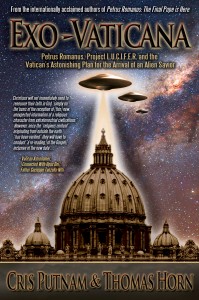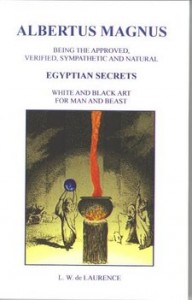Why would a patent holding scientist make this up on his death bed? It seems like his imminent demise should earn him the benefit of a doubt… If so, three possible outcomes are implied: 1) he is telling the truth about genuine ETs’ 2) the hypothesis in Exo-Vaticana is true; 3) a human ruse, for example: “The government (CIA) is offering to take care of Boyd Bushman’s children financially after he dies, in order to motivate him to promote a disinformation campaign to scare the Russians and Chinese (or anyone else) into thinking we have alien technology?” i don’t mean to besmirch Mr Bushman, I am merely throwing up the logical possibilities for analysis. It is also possible that he is sincere but deceived by one of the above (supernatural spirits and/or military industrial complex) If he is a fraud, then what is his motivation?
Scientist On Deathbed Claims There Are Two Groups Of Aliens In Area 51
A dying scientist made a shocking series of claims in August concerning Nevada’s mysterious Area 51.
Boyd Bushman was a research scientist for the defense firm Lockheed Martin. As Metro reports, Bushman has a number of patents to his name, although the details of his biography are disputed.
http://www.opposingviews.com/i/society/scientist-deathbed-claims-there-are-two-groups-aliens-area-51







